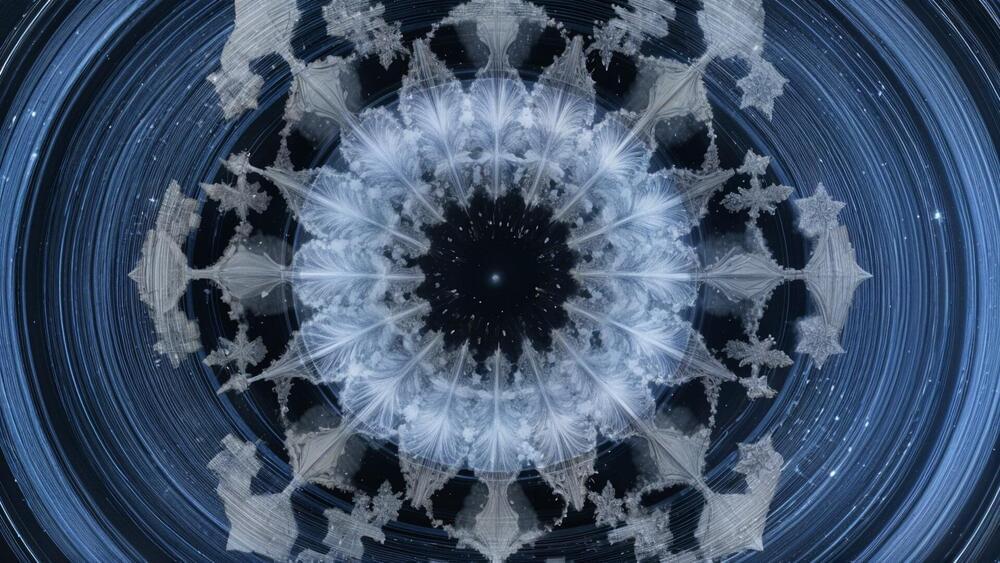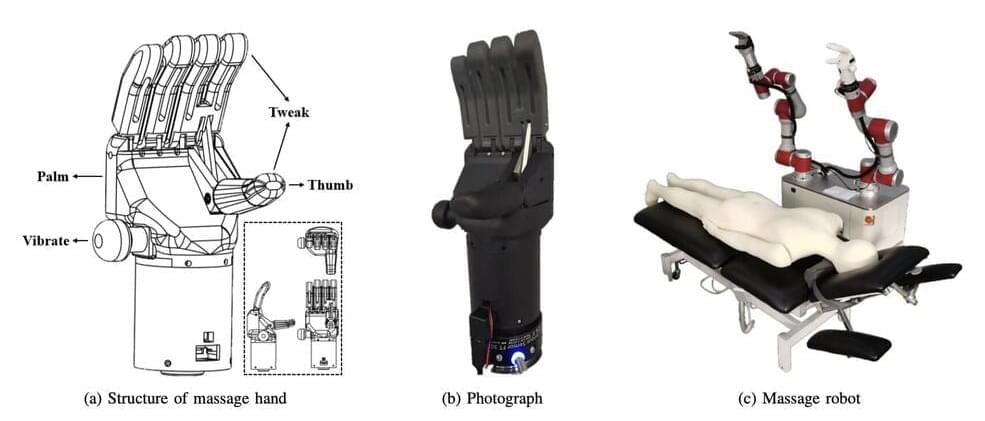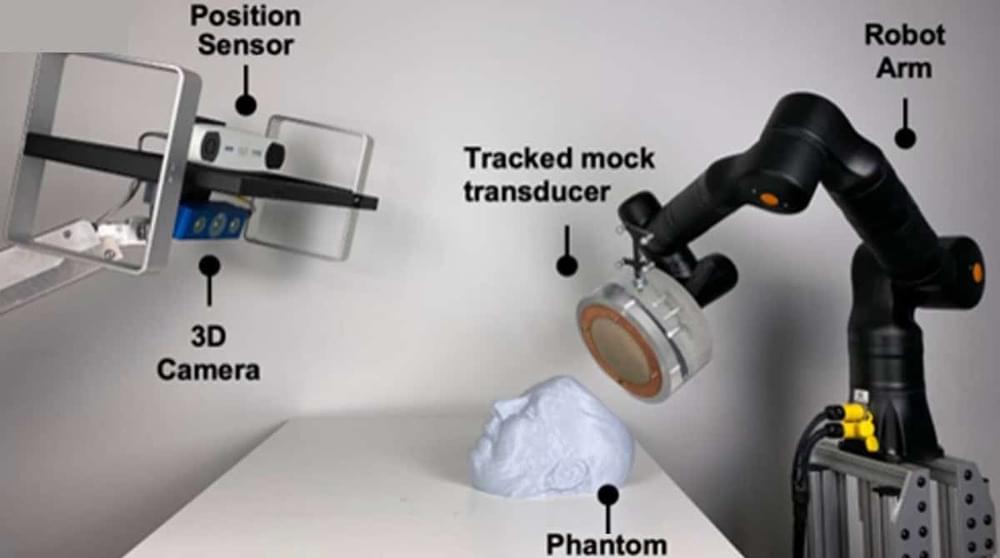Biannual publication spotlights ‘visual experiments and conceptually refined pieces’



The company behind Oreo cookies has, by its own admission, been quietly creating new flavors using machine learning.
As the Wall Street Journal reports, Mondelez — the processed food behemoth that manufactures Oreos, Chips Ahoy, Clif Bars, and other popular snacks — has developed a new AI tool to dream up new flavors for its brands.
Used in more than 70 of the company’s products, the company says the machine learning tool is different from generative AI tools like ChatGPT and more akin to the drug discovery algorithms used by pharmaceutical companies to find and test new medications rapidly. Thus far the tool, created with the help of the software consultant Fourkind, has created products like the “Gluten Free Golden Oreo” and updated Chips Ahoy’s classic recipe, per the WSJ.

The manic pace of sharing, storing, securing, and serving data has a manic price—power consumption. To counter this, Virginia Tech mathematicians are leveraging algebraic geometry to target the inefficiencies of data centers.
“We as individuals generate tons of data all the time, not to mention what large companies are producing,” said Gretchen Matthews, mathematics professor and director of the Southwest Virginia node of the Commonwealth Cyber Initiative. “Backing up that data can mean replicating and storing twice or three times as much information if we don’t consider smart alternatives.”
Instead of energy-intensive data replication, Matthews and Hiram Lopez, assistant professor of mathematics, explored using certain algebraic structures to break the information into pieces and spread it out among servers in close proximity to each other. When one server goes down, the algorithm can poll the neighboring servers until it recovers the missing data.

Skoltech researchers have proposed novel mathematical equations that describe the behavior of aggregating particles in fluids. This bears on natural and engineering processes as diverse as rain and snow formation, the emergence of planetary rings, and the flow of fluids and powders in pipes.
Reported in Physical Review Letters, the new equations eliminate the need for juggling two sets of equations that had to be used in conjunction, which led to unacceptable errors for some applications.
Fluid aggregation is involved in many processes. In the atmosphere, water droplets agglomerate into rain, and ice microcrystals into snow. In space, particles orbiting giant planets come together to form rings like those of Saturn.
Scientists know biological neurons are more complex than the artificial neurons employed in deep learning algorithms, but it’s an open question just how much more complex.
In a fascinating paper published recently in the journal Neuron, a team of researchers from the Hebrew University of Jerusalem tried to get us a little closer to an answer. While they expected the results would show biological neurons are more complex—they were surprised at just how much more complex they actually are.
In the study, the team found it took a five-to eight-layer neural network, or nearly 1,000 artificial neurons, to mimic the behavior of a single biological neuron from the brain’s cortex.
Entanglement is perhaps one of the most confusing aspects of quantum mechanics. On its surface, entanglement allows particles to communicate over vast distances instantly, apparently violating the speed of light. But while entangled particles are connected, they don’t necessarily share information between them.
In quantum mechanics, a particle isn’t really a particle. Instead of being a hard, solid, precise point, a particle is really a cloud of fuzzy probabilities, with those probabilities describing where we might find the particle when we go to actually look for it. But until we actually perform a measurement, we can’t exactly know everything we’d like to know about the particle.
These fuzzy probabilities are known as quantum states. In certain circumstances, we can connect two particles in a quantum way, so that a single mathematical equation describes both sets of probabilities simultaneously. When this happens, we say that the particles are entangled.

In recent years, roboticists have developed a wide range of systems that could eventually be introduced in health care and assisted living facilities. These include both medical robots and robots designed to provide companionship or assistance to human users.
Researchers at Shanghai Jiao Tong University and the University of Shanghai for Science and Technology recently developed a robotic system that could give human users a massage that employs traditional Chinese medicine (TCM) techniques. This new robot, introduced in a paper on the arXiv preprint server, could eventually be deployed in health care, wellness and rehabilitation facilities as additional therapeutic tools for patients who are experiencing different types of pain or discomfort.
“We adopt an adaptive admittance control algorithm to optimize force and position control, ensuring safety and comfort,” wrote Yuan Xu, Kui Huang, Weichao Guo and Leyi Du in their paper. “The paper analyzes key TCM techniques from kinematic and dynamic perspectives and designs robotic systems to reproduce these massage techniques.”

Reliably measuring the polarization state of light is crucial for various technological applications, ranging from optical communication to biomedical imaging. Yet conventional polarimeters are made of bulky components, which makes them difficult to reduce in size and limits their widespread adoption.
Researchers at the Shanghai Institute of Technical Physics (SITP) of the Chinese Academy of Sciences and other institutes recently developed an on-chip full-Stokes polarimeter that could be easier to deploy on a large scale. Their device, presented in a paper in Nature Electronics, is based on optoelectronic polarization eigenvectors, mathematical equations that represent the linear relationship between the incident Stokes vector and a detector’s photocurrent.
“This work was driven by the growing demand for compact, high-performance polarization analysis devices in optoelectronics,” Jing Zhou, corresponding author of the paper, told Phys.org. “Traditional polarimeters, which rely on discrete bulky optical components, present significant challenges to miniaturization and limit their broader applicability. Our main goal is to develop an on-chip solution capable of direct electrical readout to reconstruct full-Stokes polarization states.”

Quantum walks are a powerful theoretical model using quantum effects such as superposition, interference and entanglement to achieve computing power beyond classical methods.
A research team at the National Innovation Institute of Defense Technology from the Academy of Military Sciences (China) recently published a review article that thoroughly summarizes the theories and characteristics, physical implementations, applications and challenges of quantum walks and quantum walk computing. The review was published Nov. 13 in Intelligent Computing in an article titled “Quantum Walk Computing: Theory, Implementation, and Application.”
As quantum mechanical equivalents of classical random walks, quantum walks use quantum phenomena to design advanced algorithms for applications such as database search, network analysis and navigation, and quantum simulations. Different types of quantum walks include discrete-time quantum walks, continuous-time quantum walks, discontinuous quantum walks, and nonunitary quantum walks. Each model presents unique features and computational advantages.
